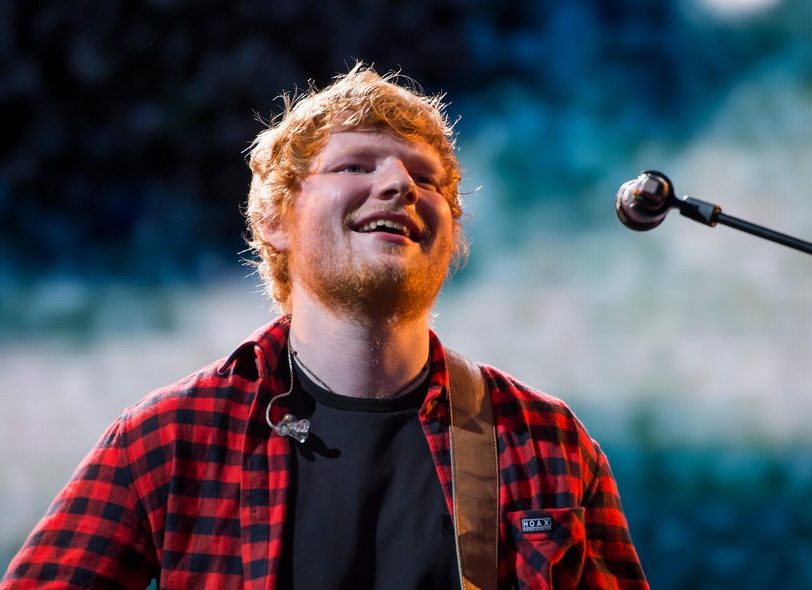Every once in a generation a fresh musical talent appears out of nowhere to reignite people’s passion for new music. With over 150 million records sold worldwide, the astonishing rise of singer-songwriter Ed Sheeran simply cannot be overlooked. In the years since the release of his debut album, + (2011), the flame-haired boy wonder has gone from a fresh-faced 20-year-old wowing audiences with his acoustic rap wizardry on a loop pedal, to a peerless tunesmith responsible for reinventing pop music for millennial audiences.
But how exactly did a ginger white kid from a sleepy Suffolk town manage to take over the world? What was it about his hair-raising fusion of folk and rap, which won over the hearts of a notoriously competitive urban scene? Where would pop music be today without Ed Sheeran’s keen ear for melody and his fondness for genre-hopping inventiveness? And lastly, in the face of all these odds stacked against him, how exactly did Ed Sheeran become famous?
Listen to the best of Ed Sheeran here
I was younger then: from sofa-surfer to songwriter
Born in Calderdale, West Yorkshire, on 17 February 1991, Ed Sheeran grew up raised on a musical diet of Bob Dylan and Joni Mitchell, thanks to his bohemian-minded parents. Moving south to the Suffolk town of Framlingham as a child, the young Ed had begun singing from the age of four and immediately grew a fondness for Van Morrison’s group The Chieftains, whose Celtic-inspired folk introduced him to his Irish roots. By the age of 11, Ed fell in love with the guitar after seeing Eric Clapton play at the Queen’s Golden Jubilee. He raided his parents’ music collection and voraciously soaked up the sounds of Van Morrison, Elton John, The Beatles and John Martyn, but he also wasn’t afraid of more contemporary influences.
As it happened, a cousin had introduced Ed to hip-hop, so the hard-hitting lyrical rap of Eminem and the hustler swagger of Jay-Z mingled with this mélange of influences to reshape the young singer’s musical DNA, in addition to a trendy wave of nu-metal dominating the charts. “I was kind of brought up as a bit of a Kerrang! kid,” Ed remembers, “and when I was younger I loved bands like blink-182, Offspring and Linkin Park.” However, arguably the most formative musical moment for Ed was hearing Damien Rice play Cannonball for the first time. Aged 11, he even got to meet Rice after a gig, and Rice drew a picture for the young boy as a parting gift. Many years later, Ed would get Damien Rice’s sketch tattooed onto his arm, in tribute to how much the Irish songwriter had influenced his sound.




